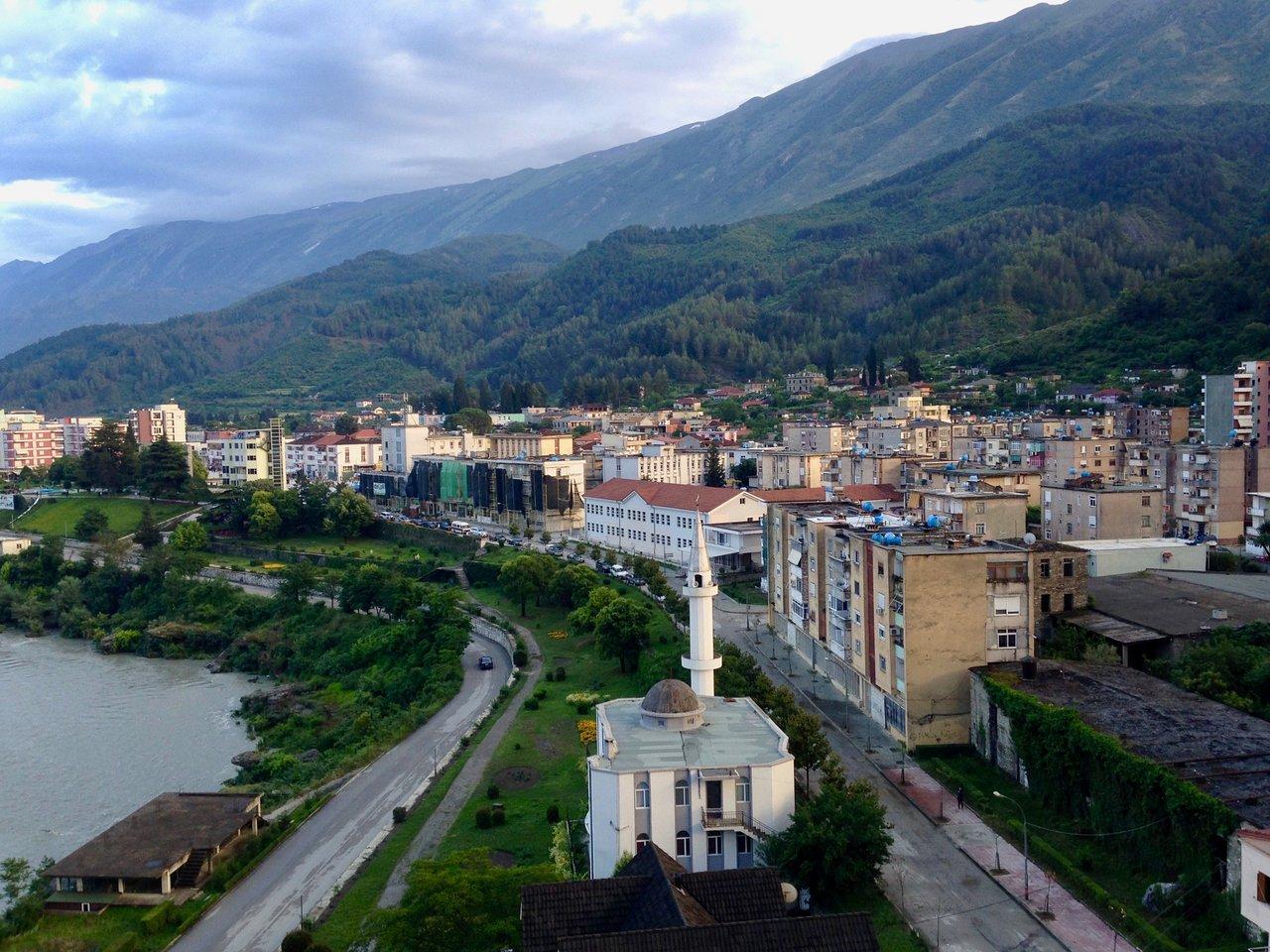Description
Përmet is a town and a municipality in Gjirokastër County, southern Albania. It was formed at the 2015 local government reform by the merger of the former municipalities Çarçovë, Frashër, Përmet, Petran and Qendër Piskovë, that became municipal units. The seat of the municipality is the town Përmet. The total population is 10,614 (2011 census), in a total area of 602.47 km2. The population of the former municipality at the 2011 census was 5,945. It is flanked by the Vjosë river, which runs along the Trebeshinë-Dhëmbel-Nemërçkë mountain chain, between Trebeshinë and Dhëmbel mountains, and through the Këlcyrë Gorge.
In 1912, during the First Balkan War the population founded a committee that had as its goal the organization of the local resistance with help from government of Vlora and cheats operating across Southern Albania. In a 28 December rally through the town center people of Permet agreed they must fight where the nation most needed. In February 1913, units of the advancing 3rd Division of the Greek Army entered the town without facing Ottoman resistance, while the resistance of the local population was not sufficient due to small amount of arms. In 1914, Përmet became part of the Autonomous Republic of Northern Epirus, which struggled against annexation of the region to the Albanian state. During the Greco-Italian War, on December 4, 1940, the town came under the control of the advancing forces of the Greek II Army Corps. Përmet returned to Axis control in April 1941. In May 1944 the National Liberation Movement held in the town the congress, which elected the provisional government of Albania. During the Communist era Përmet held the title of the Hero City.
In August 2013, demonstrations took place by the local Orthodox community as a result of the confiscation of the Cathedral of the Assumption of the Virgin and the forcible removal of the clergy and of religious artifacts from the temple, by the state authorities. The Cathedral was allegedly not fully returned to the Orthodox Autocephalous Church of Albania after the restoration of Democracy in the country. The incident provoked reactions by the Orthodox Church of Albania and also trigerred diplomatic intervention from Greece.



